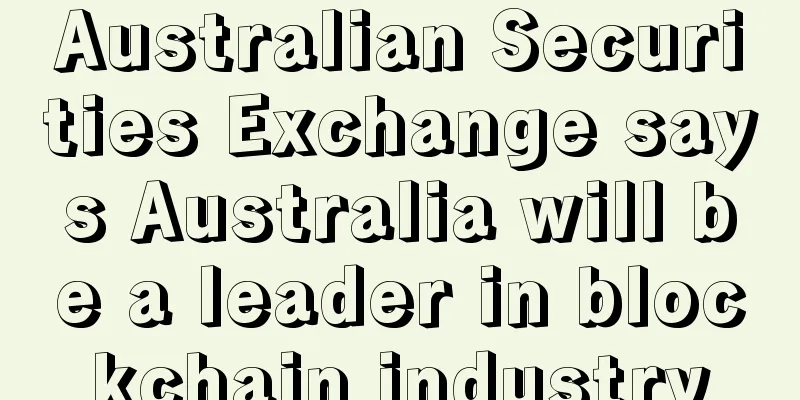OCC policy implementation: the new turning point of the crypto industry and the interweaving interpretation of market sentiment

introductionOn March 7, 2025, the Office of the Comptroller of the Currency (OCC) issued Interpretation Letter 1183, marking a major turning point in the regulatory framework of the U.S. banking industry in the field of crypto. This new policy removes the requirement for banks to obtain prior regulatory approval to conduct crypto business, allowing national banks and federal savings associations to directly participate in the custody of crypto assets, issue U.S. dollar stablecoins, and operate blockchain nodes. The implementation of this policy not only paves the way for the integration of traditional finance and the crypto ecosystem, but also caused sharp fluctuations in market sentiment and subtle ups and downs in Bitcoin prices in the past 24 hours. This article will focus on the OCC policy, deeply analyze its impact on the crypto industry, and explore the multiple meanings of this event in combination with the current market sentiment and changes in Bitcoin trading data. 1. The core and breakthrough of OCC policyPolicy Details The core of the OCC's new policy is "removing obstacles". Specifically:
At the same time, the OCC revoked the "Cautionary Statement" jointly issued with the FDIC and the Fed in 2023, which had suppressed banks from entering the field by emphasizing the liquidity and market risks of crypto assets. This policy adjustment explicitly requires banks to conduct crypto business under the traditional risk management framework and no longer set up additional regulatory barriers. Historical background Since the OCC first allowed banks to provide crypto custody services in 2020, the attitude of US regulators towards crypto has undergone a transformation from cautious exploration to gradual opening. The cautious statement in 2023 was once seen as a continuation of "Operation Chokepoint 2.0", which restricted the cooperation between banks and crypto companies. Now, under the promotion of the Trump administration (the Bitcoin Strategic Reserve Executive Order was signed on March 7), the OCC's new policy is interpreted as the fulfillment of the promise to "end crypto banking restrictions", marking the shift of regulation from "containment" to "integration". Breakthrough significance
2. Immediate response of market sentimentX platform sentiment observation In the past 24 hours, discussions on social media X reflected the market's mixed emotions about OCC policy:
Emotional drivers
3. Bitcoin Price Fluctuations and Market DynamicsAfter the OCC policy was released (March 7), the price of Bitcoin briefly rose to $92,000, and then fell back below $90,000 due to low trading volume over the weekend, with a 24-hour drop of about 2%-3%.
Causes of Fluctuation
IV. Long-term impact of OCC policiesIndustry level
Market Level
Global Perspective The loosening of US policies may stimulate other countries (such as the EU and Japan) to adjust their crypto regulatory stance and accelerate the competition between global central bank digital currencies (CBDCs) and stablecoins. China's digital renminbi (DC/EP) may further exert its strength in cross-border payments to offset the impact of the United States. 5. Market sentiment and the future outlook of BitcoinShort term (1-2 weeks)
Medium term (3-6 months)
Long term (1-2 years)
ConclusionThe implementation of the OCC policy is an important turning point for the crypto industry in 2025. It not only breaks the barriers between banks and the crypto ecosystem, but also injects new momentum into Bitcoin's move from marginal assets to mainstream finance. Market sentiment and price fluctuations in the past 24 hours show that investors are still on the sidelines in the short term, but the long-term potential cannot be ignored. In the future, with the specific implementation of banks and the response of global regulators, the crypto market may usher in a new round of growth cycle. The evolution of Bitcoin is moving from "digital gold" to "strategic cornerstone", and in this process, the interweaving of market sentiment and price fluctuations will continue to provide us with an observation window. |
<<: Market sentiment shifts sharply: Trump trade becomes recession trade?
>>: New changes in the global financial order: US strategic Bitcoin reserves
Recommend
Are people with moles on their cheekbones strong? How is your career?
As one of the traditional physiognomy techniques, ...
The fortune of a man with a square face according to physiognomy
People with square faces have a very open face sh...
The face of the daughter-in-law that the parents-in-law like
The face of the daughter-in-law that the parents-...
Do women with small mouths have bad fortune?
In fact, the good or bad fortune in terms of weal...
Ethereum GAS fees are skyrocketing, miners are frantically buying high-end laptops for mining
In a word, the market seems to have reached the s...
Bitcoin miner: The crash happened, but I didn’t leave
As Bitcoin fell, the computing power of the entir...
Does a mole on the earlobe represent good fortune?
One of the factors that influence destiny is the ...
How to predict fate through Zhouyi fortune telling
How to predict fate through Zhouyi fortune tellin...
Why do people with thin cheeks often feel depressed and lack aggression?
No matter what kind of emotion it is, there is ac...
What kind of face can I do but I want to ask others for help?
Some people are like this. There are things that ...
How to know a man's personality by looking at his face
A man's character can be seen from his face. ...
What is the fate of a person with big eyes and a bright face?
In fact, generally speaking, if a person has big ...
Bitcoin price crashes 3% after miners’ Bitcoin outflow hits 5-month high
The price of Bitcoin (BTC) fell from $10,580 to a...
Blockchain illuminates the future of insurance industry
The spark of innovation has begun to ignite the w...
What kind of face does a man have? He will feel lonely in his later years and have bad luck. He will feel lonely in life.
Both men and women love money very much. They hop...









